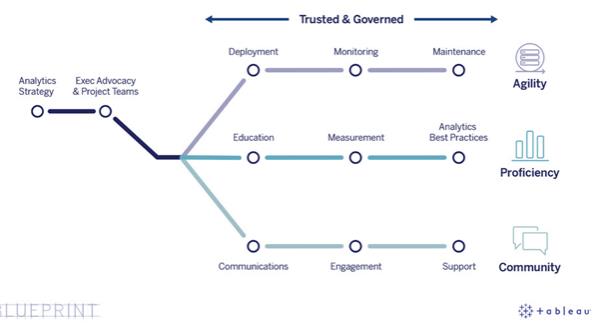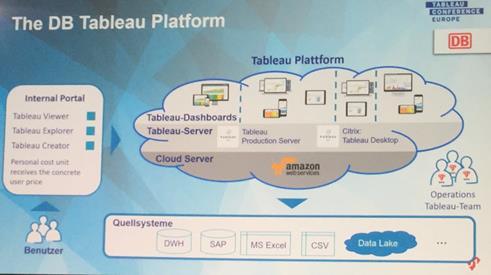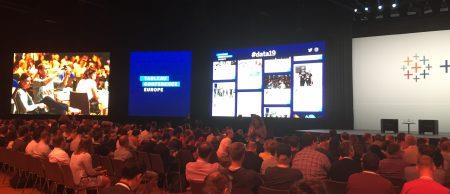Filed by Tableau Software, Inc.
Pursuant to Rule 425
under the Securities Act of 1933, as amended
and deemed filed pursuant toRule 14d-9
under the Securities Exchange Act of 1934, as amended
Subject Company: Tableau Software, Inc.
(Commission FileNo. 001-35925)
The following article by Informatique News on June 19, 2019 is being filed in connection with the acquisition of Tableau Software, Inc. by salesforce.com, inc.
European annual conference: The Force is with Tableau Software!
By: Guy Hervier
“The best of (two) worlds”—that is the message that Tableau Software wanted to convey at its 8th Annual European Conference in Berlin.
It was a reassuring speech that Adam Selipsky, CEO of Tableau delivered at the European Conference in Berlin just days after the acquisition by Salesforce for more than $15 billion, the largest acquisition by Marc Benioff, only 20 years after the creation of the company.
“Within Salesforce, Tableau will continue to exist as a brand and keep some independence,” said Tableau’s CEO to more than 2,000 users. This is a necessity since Tableau must be able to continue to be used with dozens of data sources from competing editors (Tableau provides around 80 connectors). A positioning that, in the field of infrastructures, could be compared to that of VMware within Dell Technologies or Red Hat within IBM. “Salesforce will create new opportunities even if it is too early to give more details,” he continued.
The message concerning the acquisition was simple: understanding data is Tableau’s mission, knowing the customers is Salesforce’s mission. The union of the two suppliers creates an obvious synergy “while presenting no overlapping” says Edouard Beaucourt, Head of Southern Europe and Country Manager at Tableau.
The first complementarities that Tableau will be able to benefit from, are the use of artificial intelligence technologies with Einstein or a wider integration via APIs following the acquisition of Mulesoft by Salesforce last year. Like a lot of software today, Tableau can be used through three forms:on-premise, via a public cloud (the software is available on AWS, Azure and Google Platform) and in a form of managed services by Tableau. The additional cost between public cloud and managed services by Tableau (software is also installed on AWS), which allows companies to discharge their management of the application, is about 20%. The acquisition by Salesforce, which was one of the pioneers of software in SaaS mode, allows to envisage the eventuality of using the latest cloud infrastructure.
The acquisition opens a new chapter in the life of Seattle’s other software company, enabling it to accelerate its development. Moreover, “the integration of the two companies will have to be carried out with a lot of caution,” considers Adam Selipsky, “because the projects realized with Tableau are now strategic for a number of companies.”
Tableau presented Blueprint which offers Tableau users tips and practices to help them develop their analytical skills and to build a true data community. Blueprint brings together information and services related to best practices to implement a project, the editor highlighted three major factors: agility, expertise and community.
In its presentation of its digital transformation project, Lloyds Banking Group spotlighted the third factor concerning the success of switching from 0 to 6000 users in just three years and making Tableau a major resource. “If Lloyds, with its bureaucracy burdens and regulatory constraints, could do it, all companies can,” said representatives of Group Analytics, a center of excellence aimed at transforming the bank into a “data driven enterprise”, a development, which is completed when the decision-making is based on facts and not on intuition. “We use Tableau to do almost everything,” explained Fred Thomas, “from customer segmentation, marketing performance to product activities or customer behavior.”


